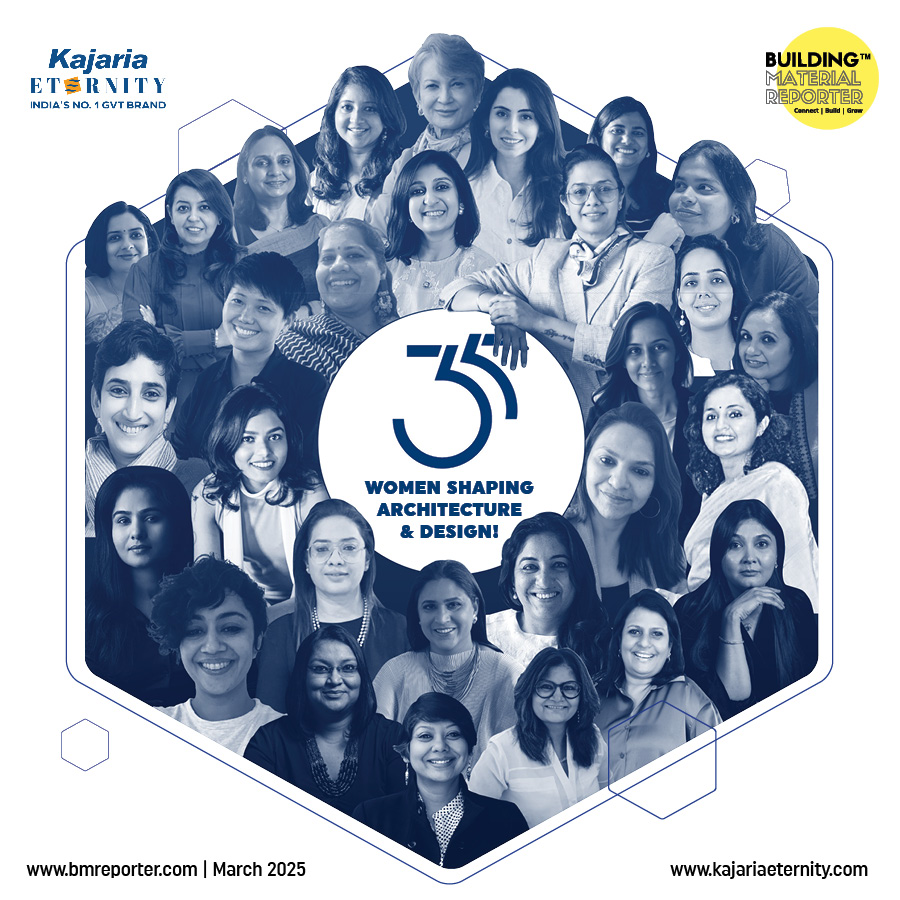Elevating Hospitality: Unveiling the Future of Wellness-Centric Experiences
- August 23, 2023
- By: Editorial Team
- INFLUENCERS

In an era where holistic well-being is gaining prominence, architecture is evolving beyond aesthetics and functionality to incorporate the concept of wellness into its very foundations. The built environment has a profound impact on our physical, mental, and emotional well-being. As a result, architects are reimagining design principles to craft spaces that nourish and rejuvenate.
Building Material Reporter Material and Research team invites you to delve into the world of wellness-centric architecture, where innovation and empathy come together to shape environments that foster a sense of balance, vitality, and profound well-being.
This article crafted by Designers Group delves into the intricate relationship between architecture and wellness, exploring how thoughtful design choices can promote a harmonious coexistence between people and their surroundings.

With the unprecedented changes that have happened in recent times, people have become hyper-aware of global health issues. We have a keen interest in caring for ourselves in ways we might not have been regarded in the past. This renewed sense of wellness flows into the design of buildings and spaces we spend time in.
Read More: Future of Architecture: Emerging Trends
For architects and designers, working in the hospitality industry, it became much more important to adapt to the changing needs of the people. We should rethink how they design hotels to promote the health and well-being of the users.

For many guests, a hotel signifies a place of rejuvenation that breaks us from the hustles of daily lives and it gives an opportunity to relieve ourselves from the stresses encountered every day. Carefully designed interiors have been proven to have a positive impact on the well-being and mental health of those who stay there.
Right from ensuring the perfect lighting scheme and cutting-edge facilities to bathrooms that offer ultimate relaxation, there is much to be considered during the design process to ensure the result is a terrain that isn't only aesthetically charming but has a continuing effect on the guest and their mindset.
The Radisson Blu Hotel--renovated by Designers Group--sits quietly against the lush green landscapes of Alibaugh. The sense of serenity offered by the surrounding greenery is also reflected in the interiors through earthy hues and airy spaces that give a revitalising feel to the users.
The hotel allows a generous flow of air and ventilation and serves as a perfect example of healthy spaces. The design is bound by water bodies in the form of reflective pools which create smaller microclimates in the environment and render pleasant surroundings to stay.

Using microclimates as a way of transforming environments is a passive technique of air conditioning and hence is a simple way of achieving sustainability and wellness. The wood laminates spread the aura of nature into the interiors which helps in improving the quality of life. Guests are invited to unwind here and achieve peace in the pleasant climate of the town after a hectic week.
Amora Vida is conceptualised by Designers Group--as a resort to relax and rejuvenate. The expertise has been displayed in the design of a residential block that has been turned into a hotel. The guest rooms are designed with wellness in mind with the balconies that unveil a beautiful view of the surroundings while contributing to natural cross ventilation.

The artwork in the rooms resonates with the local art of Goa, which adds a sense of meaningful experience in hotels. The blue lines of the artwork represent the beach and wooden strips imitate the dunes, twisted with contemporary elements rendering a refreshing feel to the space.
The outdoor is designed to meet the future needs of health and well-being. The spaces host the recreational area, spa, gym, long deck, amphitheater, lobby, and all amenities that supplement visitors’ well-being. The lobby is designed as a communal place intended for celebrations and enjoyment.
The stilts in the area allow for the amphitheater that offers a social experience. The local resources and materials, along with the regional plants, adds the sustainability factor to the overall design. Exemplified as a hospitality space for wellness, Amora Vida encompasses a wide range of world-class facilities with breakout spaces for personal interactions and exchanges — offering a contemporary experience, in terms of culture, food, and tradition.
Read More: Wellness Design: Design for Happiness & Health
As designers, we should help hotels evolve into a sustainable and wellness-focused environment ideal for relaxing, adventuring, or working away from home. The sustainable and healthy hotel of the future should concentrate on guest wellbeing, laboriously responding to their evolving habits and requirements, and epitomise their overall experience with a renewed commitment to wellness, sustainability, and the original community, to produce a satisfying and reimagined hostel stay.
Ar. Khozema Chitalwala: The Person Behind Designers Group

Ar. Khozema Chitalwala, a prominent name in the architectural fraternity and beyond, has been a major driving force for several independent and collaborative projects across the globe. A graduate of Rachna Sansad, he began his career with his first architectural project in the suburbs of Mumbai three decades ago. He established his firm, Designers Group in 1988 with a dream & endeavour to institute ‘Designers Group’ as an internationally acclaimed design firm. The initial years of his career ensued to be challenging where a couple of projects did not materialise. Working persistently on various interior design projects, Ar. Chitalwala manifested a strong base for craftsmanship, which led to his extensive and diversified work experience.








